Hydrocephalus is a neurological condition in which cerebrospinal fluid (CSF) builds within the brain's ventricles. The term' hydrocephalus' combines the Greek words ‘hydro,' which means water, and ‘cephalus,' which means head.
Hydrocephalus affects people of all age groups. It can develop at birth due to numerous factors, including genetics and pregnancy complications, or after birth, due to such reasons as trauma, diseases, infections, stroke, and tumors.
There are many symptoms associated with hydrocephalus, but the most common ones are nausea, vomiting, tiredness, irritability, and headaches. The symptoms you may develop because of hydrocephalus depend on its type, causes, and severity.
Cerebrospinal fluid may cause hydrocephalus to develop in the brain. But what exactly is CSF? Cerebrospinal fluid is a clear, colorless, and watery fluid that flows in the spinal cord and brain, which make up the central nervous system. Its roles are vast and spread throughout the whole human body. It controls breathing, moving, thinking, and many more processes. Cerebrospinal fluid also serves as a shock absorber and provides immunological protection for the brain.
Hydrocephalus affects people regardless of age: infants, toddlers, teenagers, adults, and older adults. According to the Hydrocephalus Association, there are currently one million people in the United States living with this condition![]() , and 1 out of 770 babies develop it each year.
, and 1 out of 770 babies develop it each year.
Normal pressure hydrocephalus (NPH) is usually observed in older adults (aged 60 and over). According to one study, 800,000 older Americans suffer from NPH![]() . However, as much as 80% of all cases are estimated to remain undiagnosed, so NPH may be more common than we think.
. However, as much as 80% of all cases are estimated to remain undiagnosed, so NPH may be more common than we think.
Doctors usually classify hydrocephalus into six types: non-communicating, communicating, ex-vacuo, normal pressure, acquired, and congenital hydrocephalus.
Non-communicating hydrocephalus, also known as obstructive hydrocephalus, occurs when the flow of cerebrospinal fluid is blocked along the passages that connect ventricles in the brain. This leads to an increased pressure inside the skull.
Communicating hydrocephalus occurs when the flow of cerebrospinal fluid is blocked after it exits the ventricles. Although CFS can still travel between the ventricles (hence the name ‘communicating'), this type of hydrocephalus may result in the thickening of membranes at the base of the brain.
This type of hydrocephalus occurs due to brain damage, which a stroke can cause, Alzheimer’s disease, or an injury to the head. It may cause shrinking of the brain tissue around the ventricles.
Normal pressure hydrocephalus (NPH) happens when the build-up of cerebrospinal fluid results in enlarged ventricles. However, unlike other types of hydrocephalus, NPH does not increase pressure. The build-up of cerebrospinal fluid is usually slow, so symptoms develop gradually rather than appear suddenly.
Normal pressure hydrocephalus affects people who are over 50 years old and usually develops after an infection, stroke, hemorrhage, surgery, or injury. It is estimated that 375,000 older Americans have this type of hydrocephalus.
If you have acquired hydrocephalus, it means that you developed it after birth. This type can occur due to the following factors:
Congenital Hydrocephalus is a type of hydrocephalus that is present at birth. It can be caused by:
Congenital hydrocephalus is one of the most common developmental anomalies of the central nervous system, affecting 1 in every 500 babies in the USA each year![]() .
.
Although the causes of hydrocephalus are not fully understood, some factors have been linked to an increased risk of this condition. In newborns, the following developmental issues and medical conditions contribute to hydrocephalus:
Factors that increase the risk of hydrocephalus in all age groups include:
Hydrocephalus causes different symptoms depending on age and whether it is present during or after birth.
Hydrocephalus that is present at birth is linked to the following symptoms:
Hydrocephalus that develops after birth may cause these symptoms:
Symptoms that are often observed in infants include:
In toddlers and older children, these symptoms are most likely to appear:
Symptoms in adults usually include:
Older adults and elderly affected by hydrocephalus are likely to develop the following health problems:

Mild hydrocephalus rarely leads to complications, and that risk is even lower if it is treated. Possible complications linked to more serious cases include developmental delays and physical and learning disabilities. In the most severe cases, hydrocephalus may result in death.
Doctors usually diagnose hydrocephalus based on physical examination, medical and family history, and exams, including MRI, CT Scan, and ultrasound.
During the physical examination, your healthcare professional will look for common symptoms of hydrocephalus, such as slow reflexes, sunken eyes, or an unusually large head. If you are an adult, you will be asked if you experience frequent headaches, vomiting, nausea, and difficulty walking, among other symptoms.
After the initial assessment, a doctor may order the following tests to confirm the diagnosis:
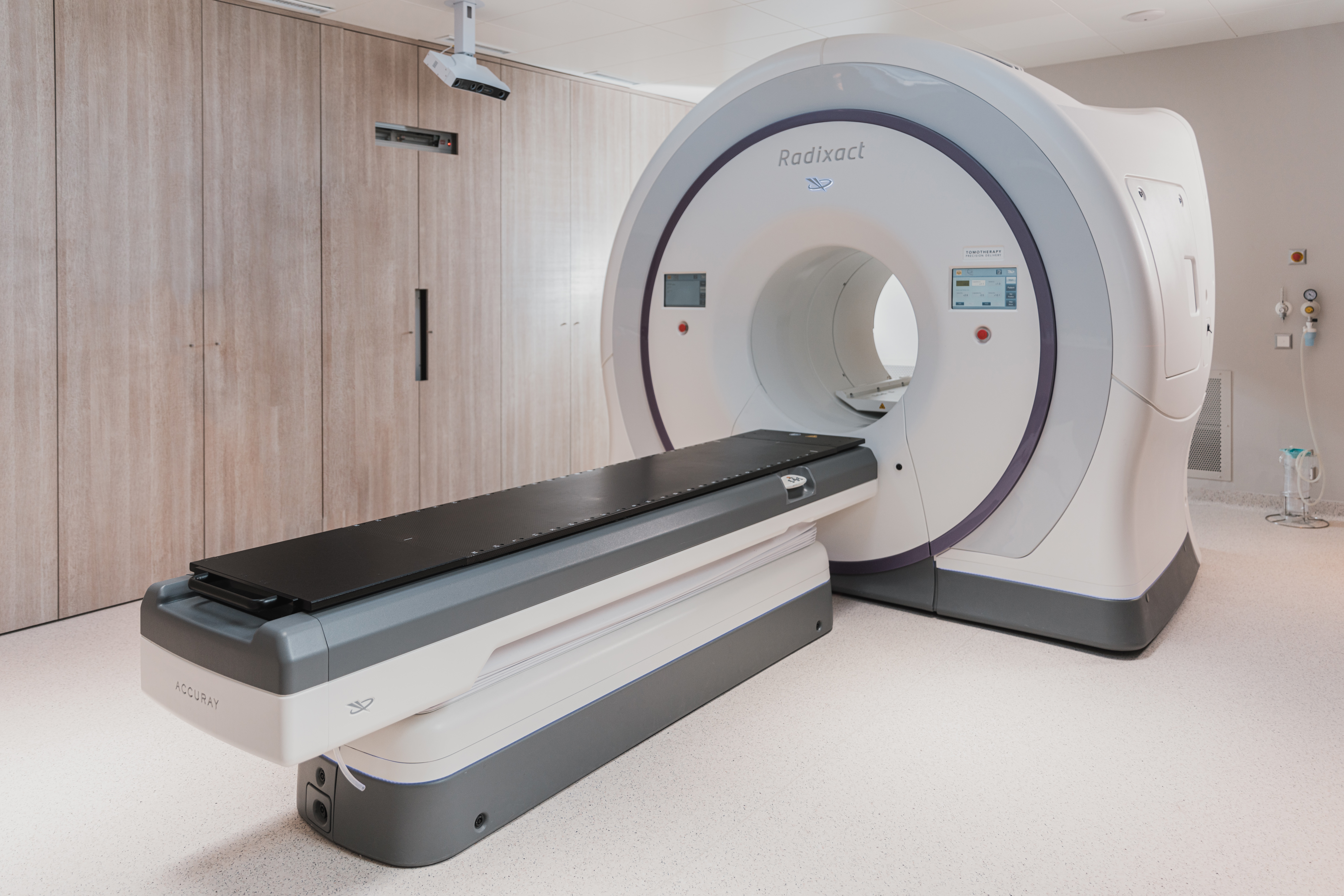
Treatment for hydrocephalus depends on whether you have congenital and acquired hydrocephalus or normal pressure hydrocephalus. Treatment options for congenital and acquired hydrocephalus are as follows:
Shunt insertion: Shunt insertion![]() is when a healthcare professional places a catheter (a thin, flexible tube) in the brain to drain the excess cerebrospinal fluid into a different part of the body, such as the heart's chamber, chest, or abdominal cavity.
is when a healthcare professional places a catheter (a thin, flexible tube) in the brain to drain the excess cerebrospinal fluid into a different part of the body, such as the heart's chamber, chest, or abdominal cavity.
Shunt insertion is usually permanent and requires regular monitoring to ensure it does not result in any health problems. This method successfully treats hydrocephalus in most patients, and no other procedures are needed.
Ventriculostomy: An alternative solution to shunt insertion is ventriculostomy. In this procedure, a surgeon makes a hole in the brain verticle or between the verticles to make the excess cerebrospinal fluid flow to the base of the brain.
Although shunts may also treat normal pressure hydrocephalus, they do not work for everyone. In such cases, an abnormal build-up of cerebrospinal fluid can be removed with a lumbar puncture, which removes some of the fluid from the base of the spine.
Many patients don't develop complications due to treatment or develop them many years afterward. Patients with regular medical check-ups after shunt insertion have a lower risk of complications. However, things can change quickly if shunts become infected, fail, or break. In such scenarios, another brain procedure is required.
Symptoms that may develop after shunt failure include:
If you had shunt insertion and experienced the above symptoms, contact your healthcare provider as soon as possible to address the problem.
The prognosis for hydrocephalus depends on several factors, including the time you or your child receives treatment, the type and causes of hydrocephalus, the severity of symptoms, and age. Some people respond very well to available treatment options and recover quickly, while others, who often suffer from severe hydrocephalus, do not show a quick improvement.
In many cases, the earlier hydrocephalus is diagnosed and treated, the better the outlook. However, predicting how a given individual will respond to treatment is challenging, as each case is unique.
Preventing the development of hydrocephalus may not be possible in some cases. However, there are some general measures and precautions that can be taken to reduce the risk of certain types of hydrocephalus:
Hydrocephalus is a neurological condition characterized by cerebrospinal fluid (CSF) build-up within the brain's ventricles, leading to increased pressure in the skull. It can occur at birth due to various factors, including genetics and pregnancy complications, or develop later in life due to trauma, diseases, infections, stroke, or tumors.
Hydrocephalus affects individuals of all ages, with approximately one million people in the United States living with the condition and 1 in 770 babies developing it each year.
Risk factors for hydrocephalus include bleeding within the ventricles, uterine infections during pregnancy, developmental issues, spinal cord or brain tumors, traumatic brain injury, bleeding in the brain, and nervous system infections.
Diagnosis involves a physical examination, medical history review, and exams such as MRI, CT scans, and ultrasound. Treatment options depend on the type of hydrocephalus and may include shunt insertion or ventriculostomy to drain excess CSF.
Prevention strategies include genetic counseling, infection prevention, prenatal care, and trauma prevention. Early and appropriate treatment of conditions like tumors is crucial in reducing the risk of acquired hydrocephalus.
The prognosis for hydrocephalus varies based on factors like the timing of treatment, the type and causes of hydrocephalus, and the severity of symptoms. Early diagnosis and treatment generally lead to better outcomes, but individual responses to treatment can vary.
Table of Contents
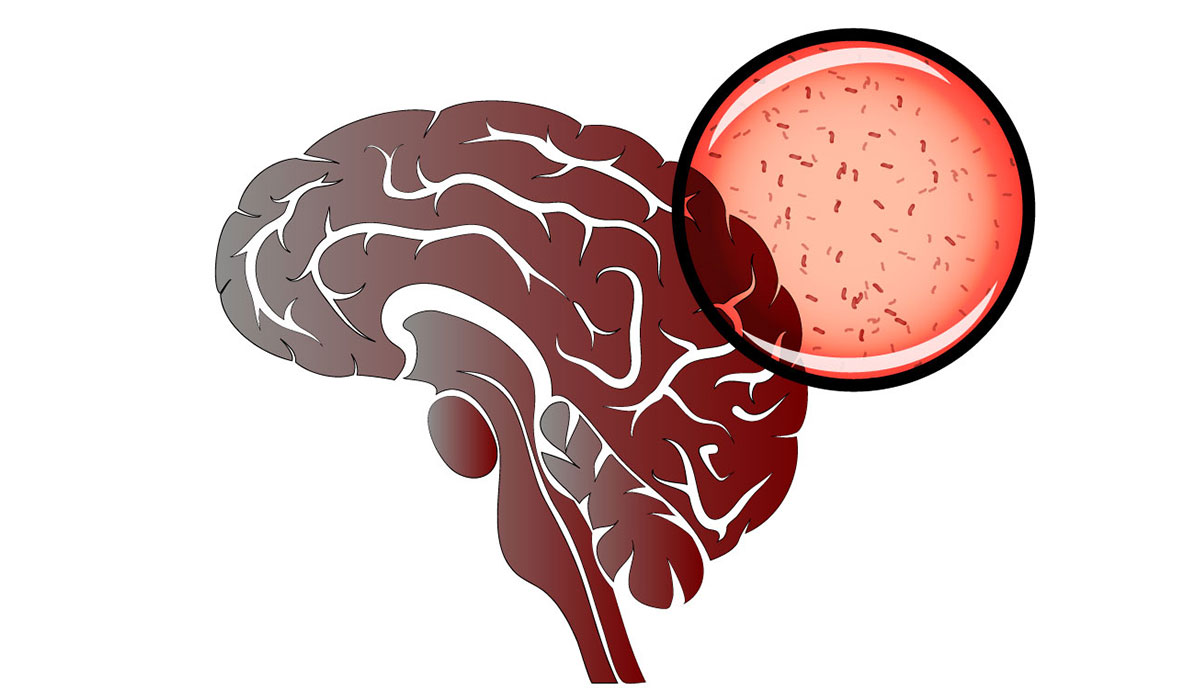
Meningitis is a dangerous infectious disease most often caused by viruses or bacteria. It is an inflammatory condition that requires… read more »
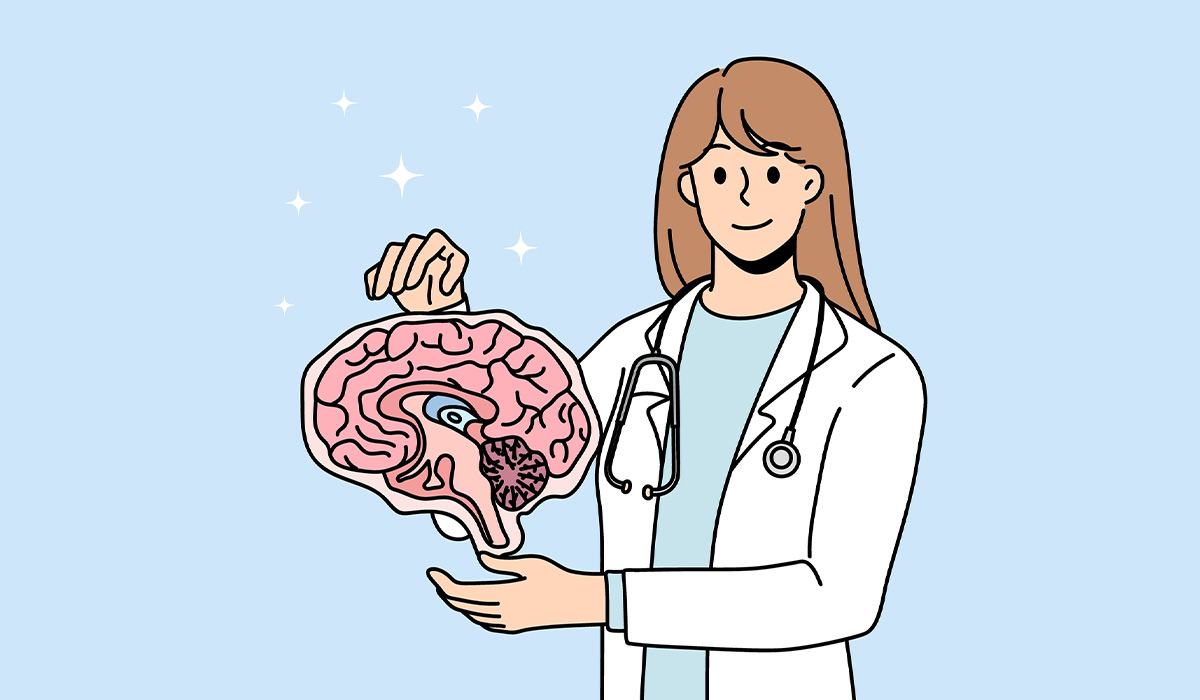
Specifically, a neurosurgeon is a specialist. They are more than basic specialists; they oversee a few of the foremost complex… read more »

Lice are ectoparasites, so they live outside the body of their host, in this case the human. What symptoms do… read more »

Listeria is a bacterium that can cause infectious disease. You can get infected through food. Find out how to avoid… read more »
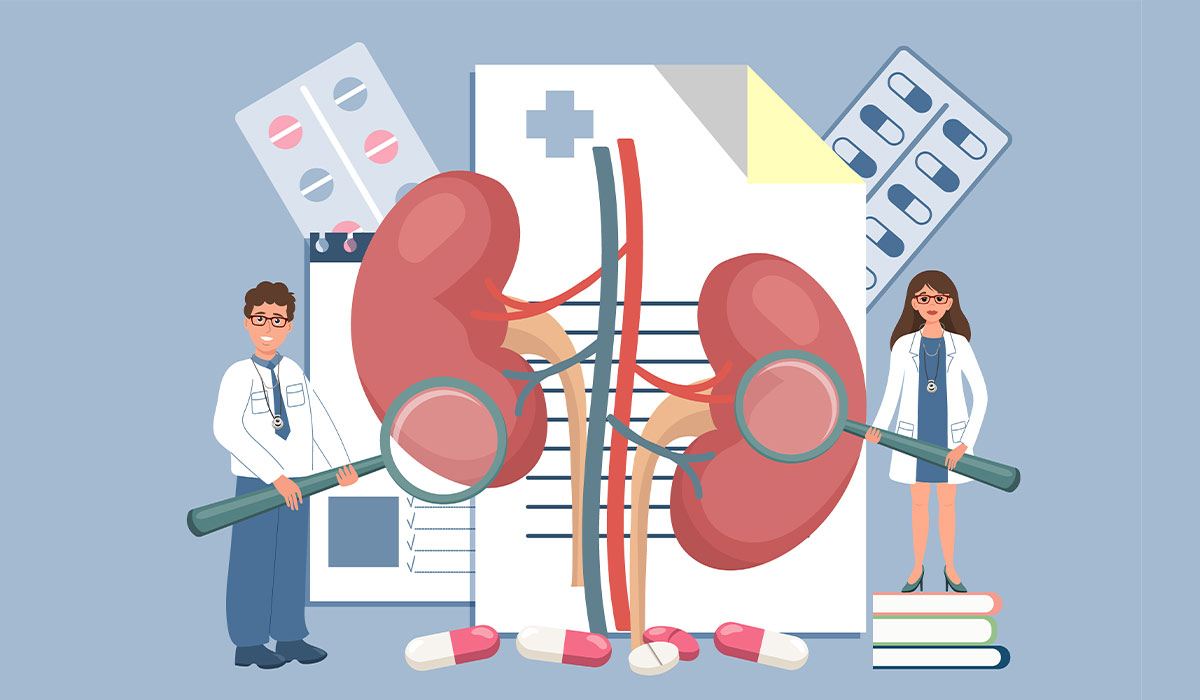
Hydronephrosis is a disease that can have serious complications. Find out how to recognise the condition so that appropriate treatment… read more »

Encephalopathy, in medical lingo, is a frequently encountered brain phenomenon. It occurs when the brain's functioning is not optimal. read more »

Ataxia is a motor coordination issue when individuals struggle with exact movements, holding the correct posture, or having standard walking… read more »

Ascites is a health condition that causes a pathological fluid build-up in the abdomen. It usually occurs when the liver… read more »
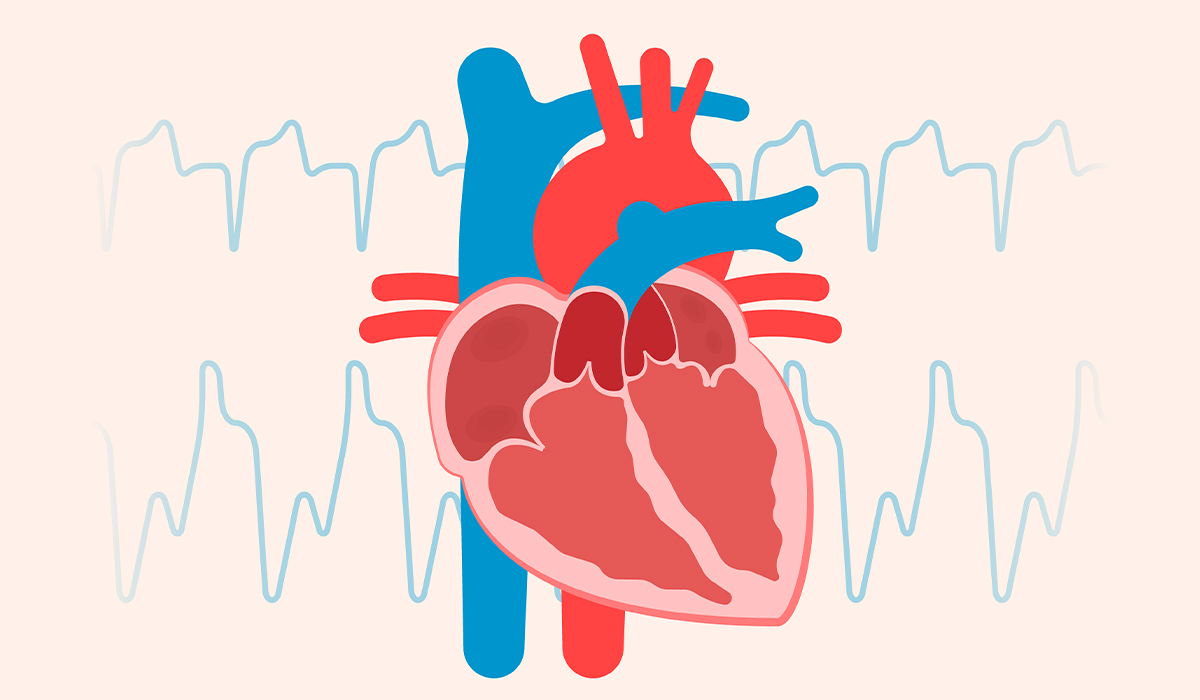
Cardiomyopathy refers to an abnormality in the heart muscle. There are various types and causes of cardiomyopathy. Learn about the… read more »